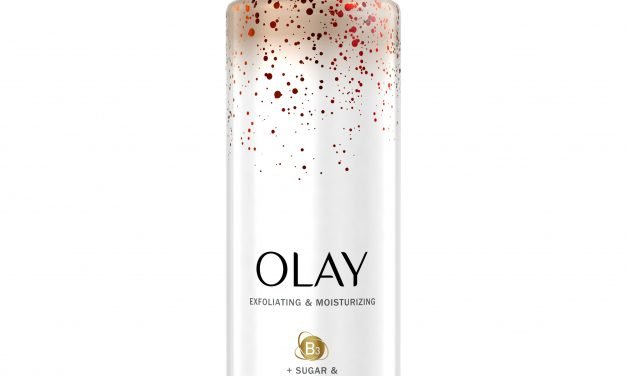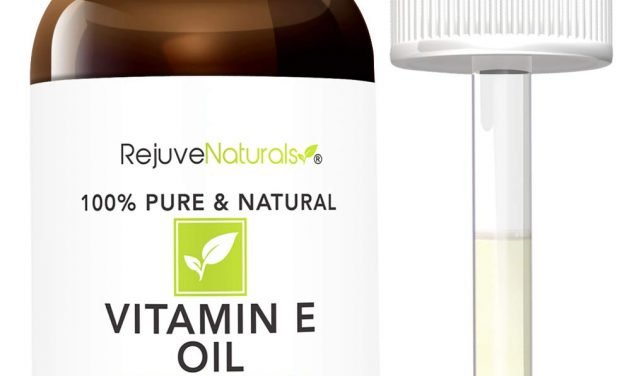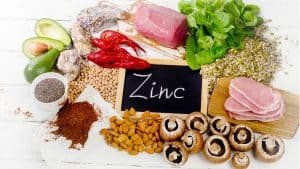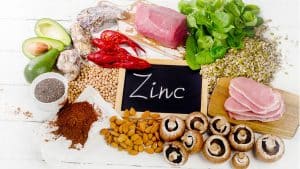Dascha Polanco On The Power Of ‘In The Heights’ & Owning Your Confidence
In 2013, Dascha Polanco burst onto the scene as Dayanara “Daya” Diaz in Orange Is the New Black. The world fell in love with Polanco and she earned two SAG Awards for the role. Now, Polanco is back on the big and small screen in In The Heights, singing and dancing her way into our hearts yet again as the beloved character Cuca. She’s also working with Olay Body to launch the new Exfoliating & Moisturizing Body Wash.
I jumped onto Zoom with Polanco and started by gushing about how much I love In The Heights. “We needed a movie like this. It’s very uplifting,” she said. And we have needed it for years. But right now especially.” She was excited to start working with Olay Body because she’s all about self-care and feeling confident in your own skin. In fact, it was her mom who taught her about caring for her skin.
“Since the moment that I can remember, my mom has told me to moisturize,” she says. “I can smell the cocoa butter. I’d be drenched in it in the summer.” Her mom also taught her the importance of SPF. But there’s one thing she wishes we were all taught just a little bit more: how to love yourself. “Caring for yourself isn’t selfish,” she says. “I’m all about instilling that sense of confidence and loving yourself first.”
Our mission at STYLECASTER is to bring style to the people, and we only feature products we think you’ll love as much as we do. Please note that if you purchase something by clicking on a link within this story, we may receive a small commission of the sale.
Taking time for herself in the shower is one way Polanco finds some “me time.” She’s using Olay’s new body wash to get smooth, hydrated skin she feels confident showing off. “The sugar crystals massage away the dead skin cells but it’s not harsh so you can use it every day,” she says. The brand’s vitamin B3 complex hydrates and nourishes the skin.

Olay.
If you’re struggling with showing skin this summer, even if it’s hydrated and exfoliated, just know that you aren’t alone. “When I hear, ‘I don’t want to show my arms,’ that’s been me,” says Polanco. “A lot of us are not confident because we’re taught not to be confident. Believe it or not, the moment you start telling yourself that it’s OK and I’m going to enhance the things that make me feel good and I’m going to feel like I’m most beautiful. For me, I feel most confident and ready to go when my routine is complete.”
Polanco is all about positive affirmations and rephrasing those fears to ensure you don’t hold yourself back from life. “Fearless—that word on its own means a lot to me. Fear has stopped me from doing a lot of things in my life,” she admits. “The moment that I realized I must take a risk and I’m worthy and I can stand in my greatness and be a woman that’s as confident as I should be, that’s the moment everything started happening for me.”
Here’s to a fearless—and hydrated—summer.
Read More


 Source: Instagram
Source: Instagram











